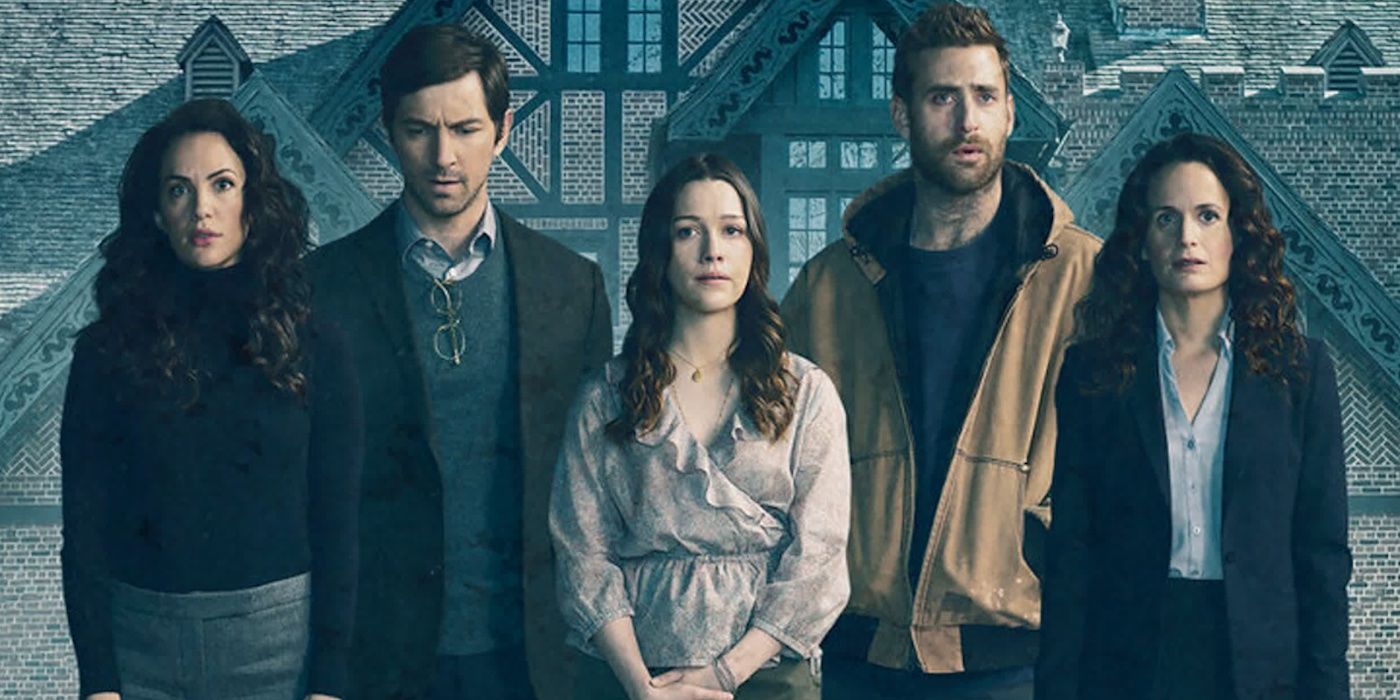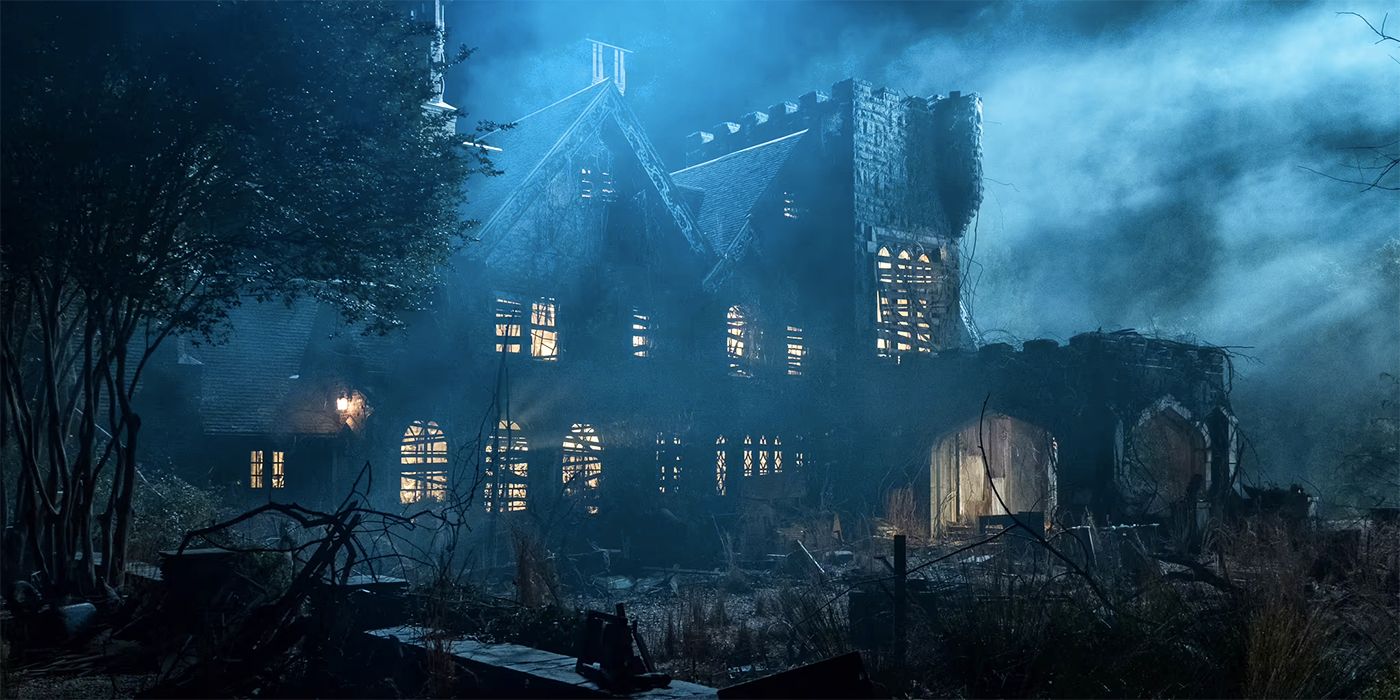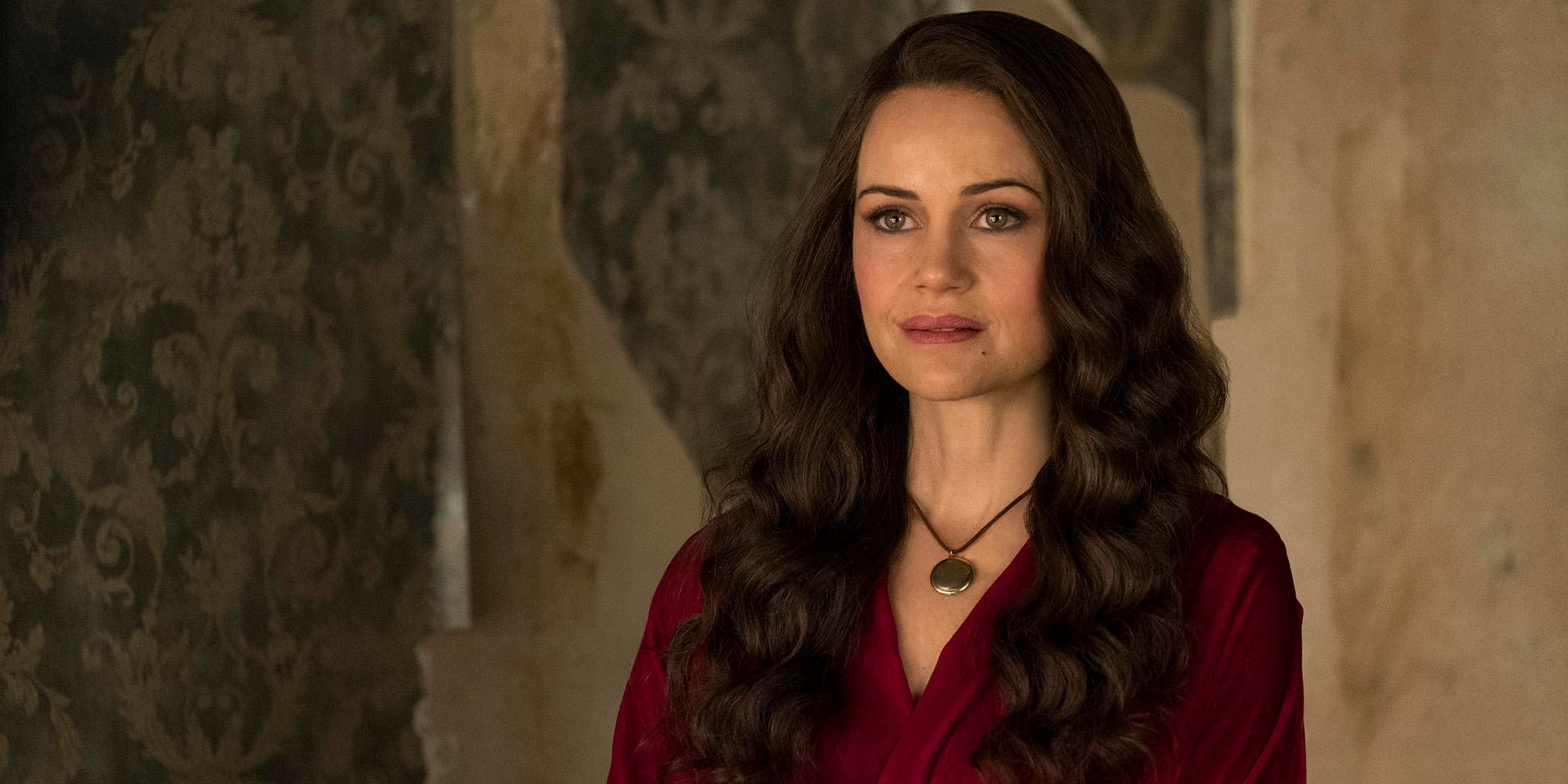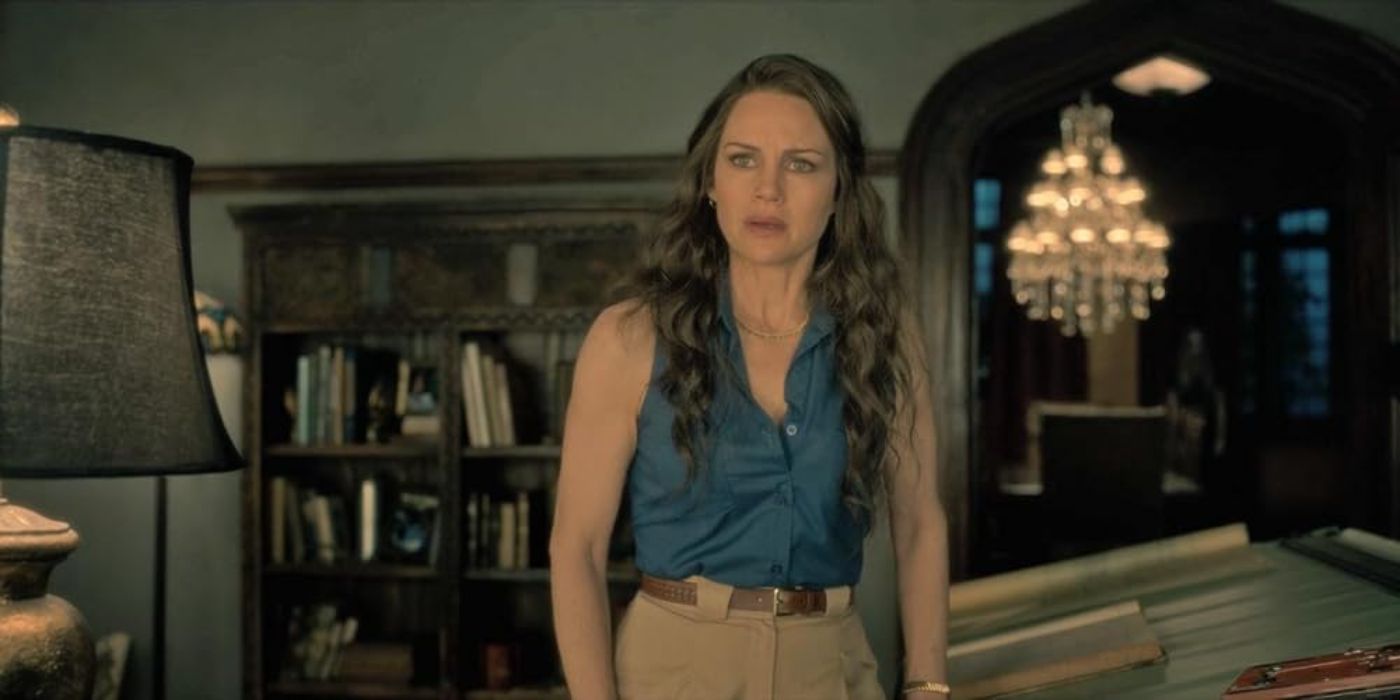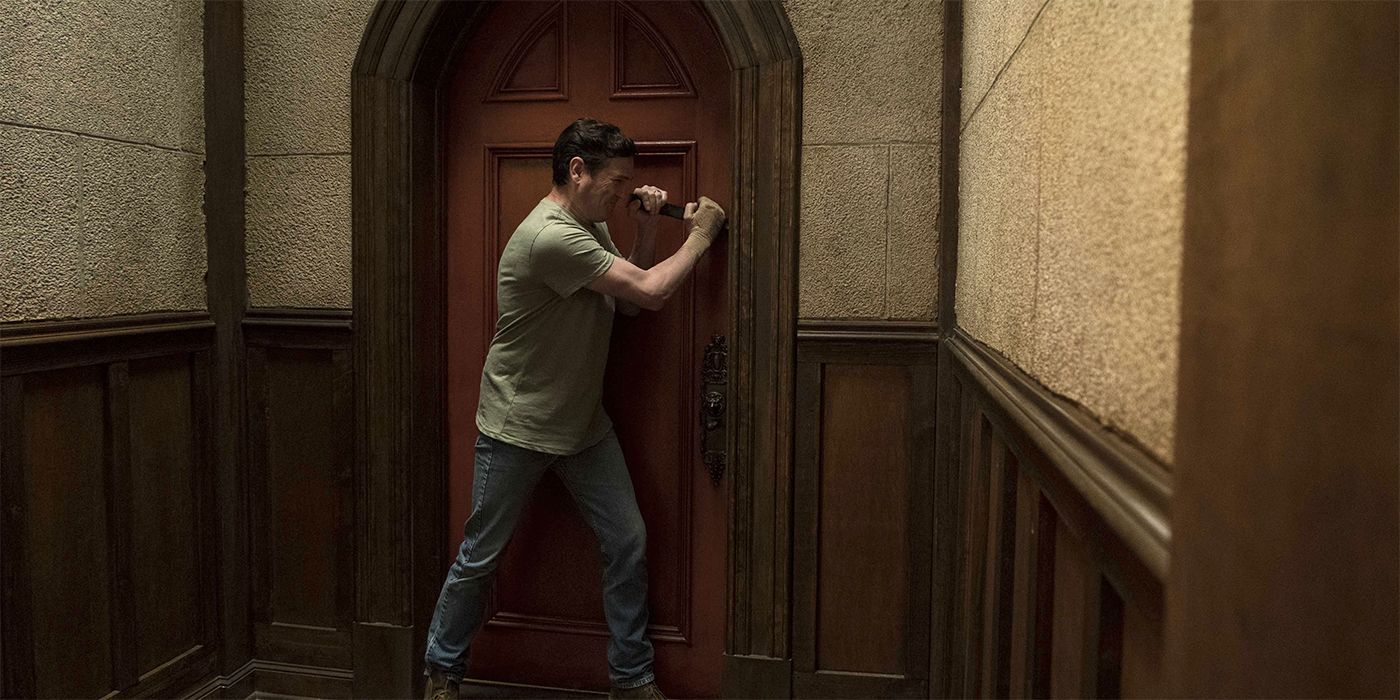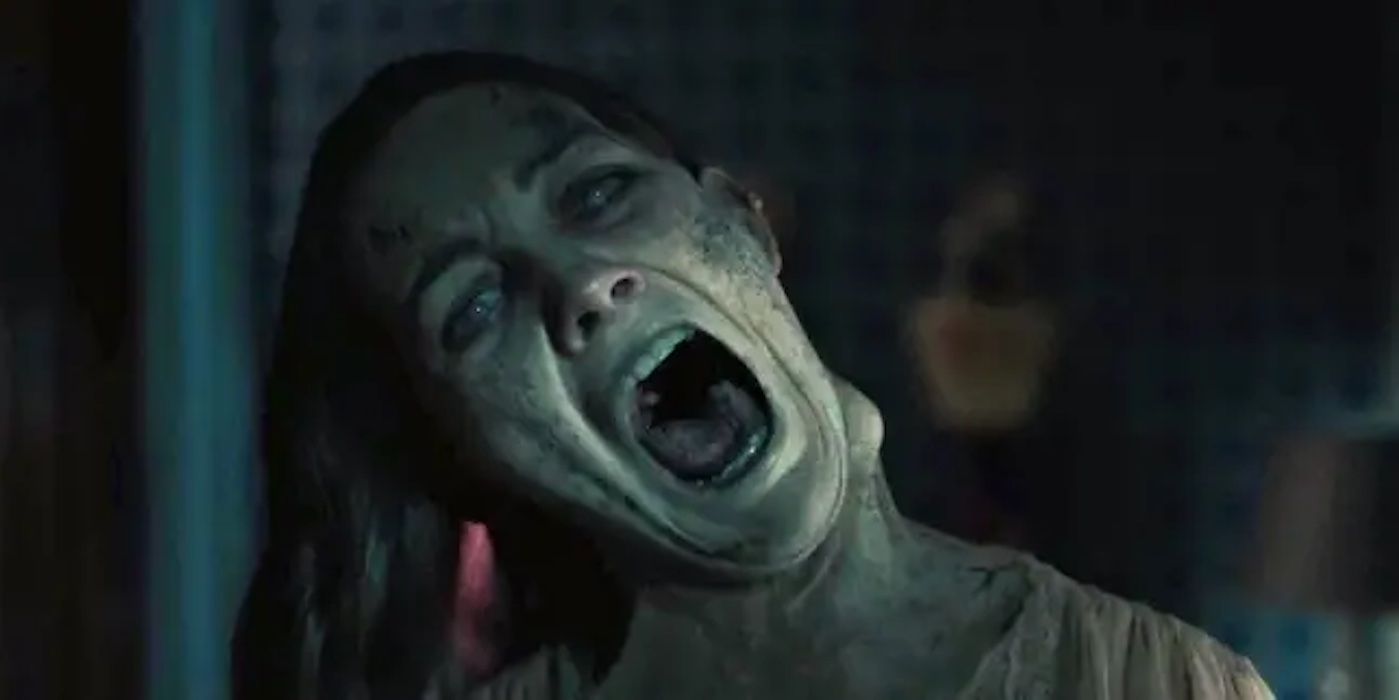The Big Picture
- The Haunting of Hill House focuses on the Crain siblings and their traumatic past inside the eternal haunted mansion.
- There is no concrete explanation for the evil in Hill House, with the Red Room acting as a driving force for the horror.
- The series ends with a tragic but touching resolution for the Crain family, exploring themes of guilt, grief, and togetherness.
It isn't easy to explain the ending of The Haunting of Hill House, largely because the hauntings that occur in the titular mansion — the daunting, ghost-filled center of Mike Flanagan's Netflix series — don't exactly end. That's one of the points of the show, the eternal nature of this multiroom monster sitting alone in middle-of-nowhere Massachusetts. Like Shirley Jackson wrote in the spine-chilling intro to the original novel, "It had stood for 80 years and might stand for 80 more." But let's not get ahead of ourselves. Were you confused by the ending of The Haunting of Hill House? Then look no further, for your questions will be answered here... That is, if you dare to enter.
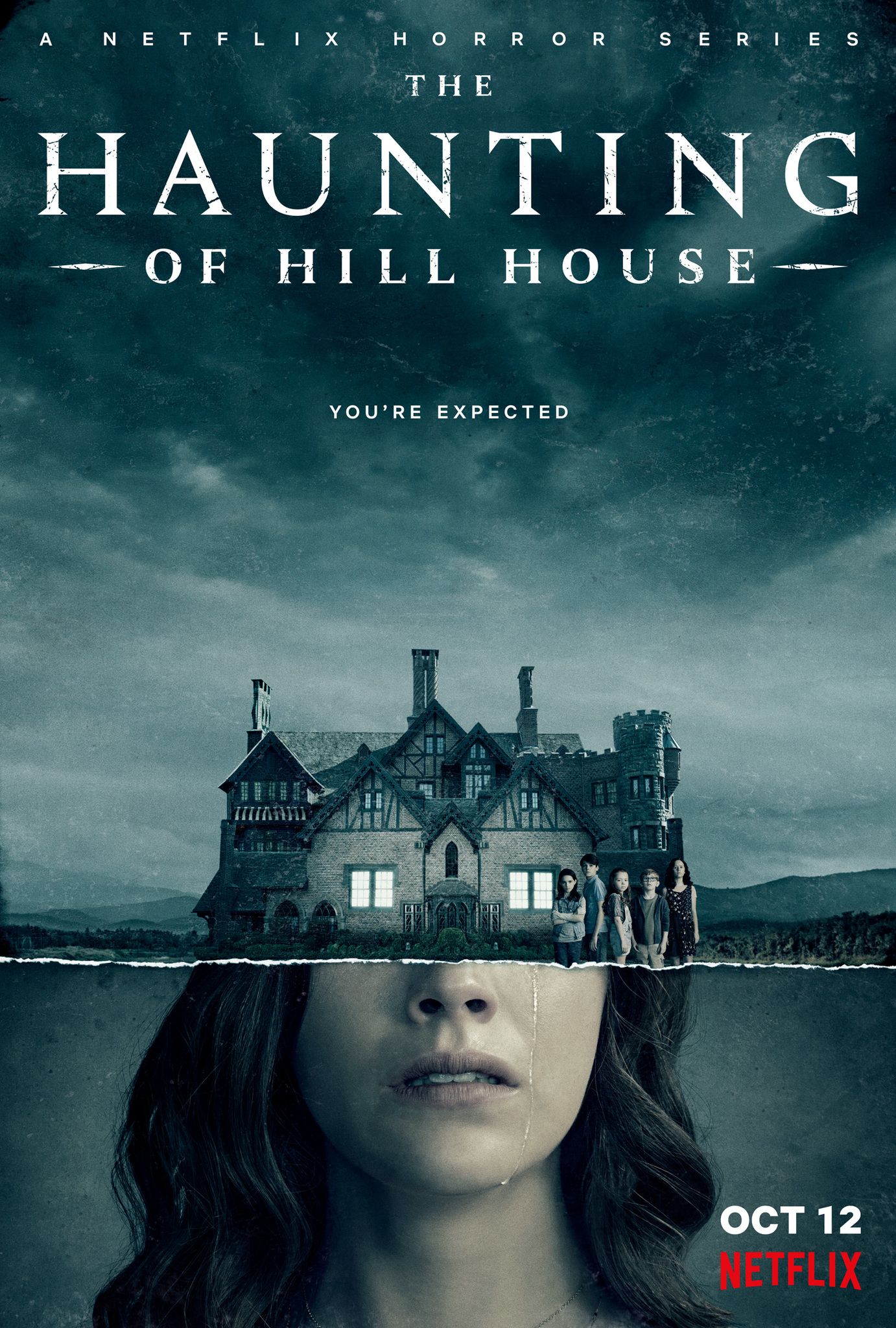
The Haunting of Hill House
- Release Date
- October 12, 2018
- Creator
- Mike Flanagan
- Cast
- Michiel Huisman , Elizabeth Reaser , Kate Siegel , Victoria Pedretti , Timothy Hutton , Carla Gugino , Henry Thomas
- Seasons
- 1
'The Haunting of Hill House' Centers on the Crain Siblings
For the most part, Flanagan's dark, sprawling story is less concerned with the ghosts inside the house and more with the people who made it out (mostly) alive. Namely, the Crain siblings, a much more fucked up version of Arrested Development's Bluths, with horrific trauma replacing witty banter. Among them are horror author Steven (Michiel Huisman), mortician Shirley (Elizabeth Reaser), semi-psychic psychologist Theodora (Kate Siegel), drug addict Luke (Oliver Jackson-Cohen), and his twin sister, Nell (Victoria Pedretti), who takes her own life inside the walls of Hill House at the beginning of the series. The sibling dynamics in this series are powerful, and the shifts between the past and the present only further emphasize how strained the Crain family truly is.
The Haunting of Hill House asks a lot of important questions, and we're going to try our darndest to make sense of all the horror, death, and mystery that befalls the Crain family, including what the hell is actually going on with Hill House itself. Additionally, the fate of matriarch Olivia Crain (Carla Gugino) and why exactly Hugh Crain (Henry Thomas and Timothy Hutton) covered it all up will be revealed. And don't forget about all the spooky specters that haunt the halls of Hill House, and beyond. In many ways, the series itself is all about grief, and that's a concept that will return again and again by the end.
What's Going On in Hill House?
One of the best and most horrifying aspects of The Haunting of Hill House is the lack of a concrete explanation for how the evil inside this place came to be. It's the archetypal haunted house because it just is. Anyone who walks through the front door is susceptible to one hell of a paranormal mind trip, including hallucinations, delusions, lost hours, and momentary jumps through both space and time. If you die there, you belong to the house for good, as evidenced by the many wonderfully terrifying souls that pop up, often literally, throughout the series. Long before the events of the show, it consumed most of the Hill family, most grotesquely William Hill, who bricked himself behind a wall in the basement in 1948.
Ultimately, that seems to be the house's goal, to trap as many wayward souls within itself as possible, feeding off whatever misery was within them in their final moments. Their spirits act as fuel for this warped machine. To make matters worse, the house convinces you to take part willingly, persuading the living that reality is a dream and the only way back to waking life is through death. Really, the house isn't so different from other iconic horror monsters; it's a zombie devouring brains, a vampire sucking blood, a shark chomping guts. Like the scariest creatures, the house is just hungry. Nell Crain describes her permanent residence best in the finale episode, "Silence Lay Steadily." "I’m like a small creature swallowed whole by a monster," she explains. "And the monster feels my tiny little movements inside."
Olivia Crain Is at the Center of 'The Haunting of Hill House's Tragedy
The entire Crain family felt the effects of Hill House, but no one more so than matriarch Olivia Crain, who was extra susceptible because of her repressed psychic gifts (which she explains away as migraines). Summed up, the house convinced Olivia that her family needed to die. But the show heartbreakingly sets this up as an extension of Olivia's genuine love as a mother, only wanting what's best for her family. By the time Olivia literally jumps off the deep end, the house convinces her that murdering her entire family is the helpful thing, the only way to wake them from this awful twisted dream they're all having at once.
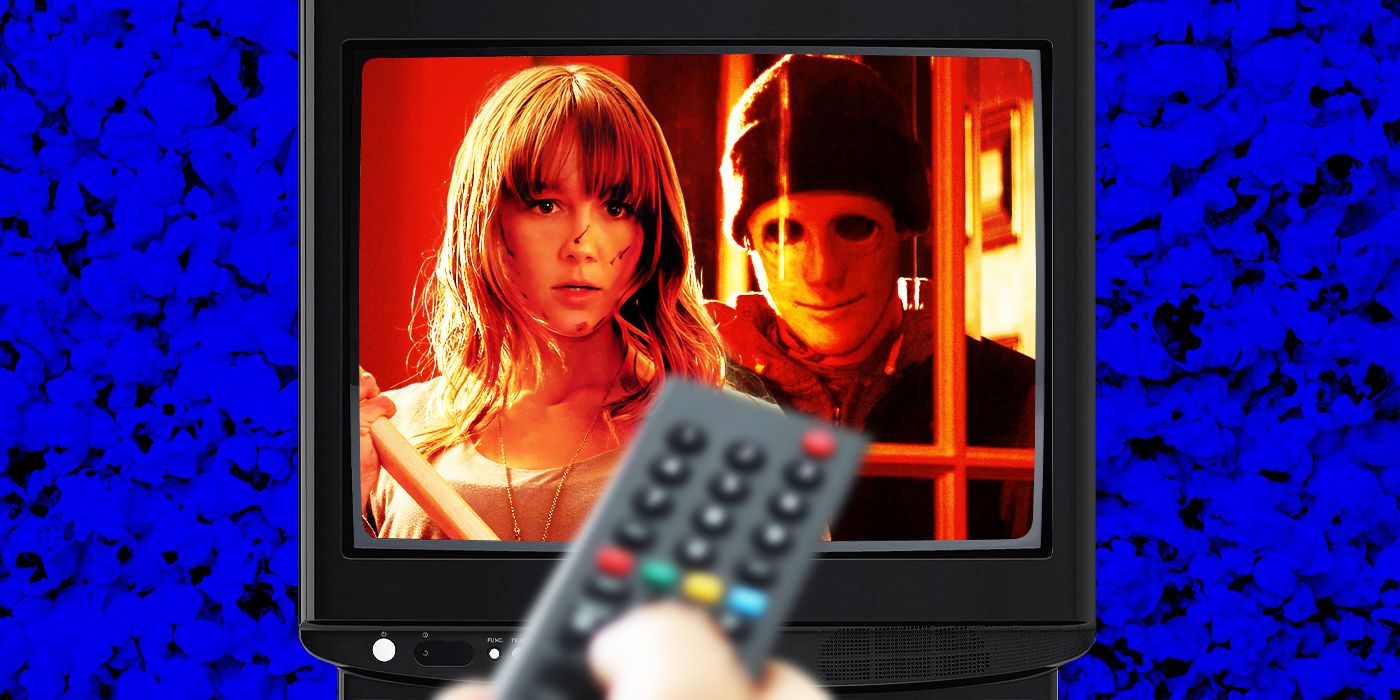
This Mike Flanagan Horror Movie Makes for the Perfect Double Feature With ‘You’re Next'
This horror pairing is a perfect portrayal of the genre’s fiercest final girls.The series weaves the idea that the Craines are striving for their dream home, their "forever home," which is twisted with the reveal that to die inside Hill House is to literally make it your forever home. The night that The Haunting of Hill House returns constantly to in flashbacks, hints, and red herrings is the night that Olivia poured rat poison into teacups, hoping to take her children with her to whatever loopy other side she already existed in. At the last minute, Hugh stops her and smuggles his children to safety, kickstarting the modern-day storyline of Hill House. Afterward, Olivia kills herself in the house, hoping to finally wake up.
Olivia Tries to Kill Her Own Children But Ends Up Only Murdering Abigail
Though Hugh Crain managed to save his own children, he's too late to save the young Abigail Dudley (Olive Elise Abercrombie). Before walking out the (red) door, Olivia poisons Abigail, who, it turns out, by the season's end, is very real and not a figment of the Crain's collective imagination. The show paints the mysterious Abigail as Luke's imaginary friend (or ghost), just another delusion conjured up by Hill House. But the real answer is way more tragic than that; Abigail is the daughter of the Dudleys, Hill House's maintenance staff—"Dad says you and Mr. Dudley come with the house," a young Steven tells Clara Dudley (Annabeth Gish) — who lives in the woods on the outskirts of town.
The Dudleys have experience with the messed-up happenings at Hill House. Mr. Dudley's (Robert Longstreet) mother started acting "scattered" while working in the house, going out into the woods at night and giggling like a schoolgirl. And then the Dudleys' first child died in childbirth (which explains why they kept Abigail under tight lock and key) followed by a very familiar cry echoing throughout Hill House. "We stopped coming here after dark," Mr. Dudley tells Hugh. "Once dinner is served we leave, come back in the morning for the dishes." After the deaths of both Olivia and Abigail, the Dudleys demand Hugh Crain leave Hill House standing — Hugh wanted to (very understandably) burn it to the ground — because as long as the house is there the Dudleys can interact with the ghost of their dead daughter. It's super depressing and kind of beautiful all at once.
What Does the Red Room Represent?
The room behind Hill House's ever-locked Red Door is kind of like the Room of Requirement from the Harry Potter books, except for possessing your mind and driving you batshit crazy. It's how the house keeps its residents complacent in the face of constant horror. It's whatever the residents need to stay sane as they slowly lose their minds without realizing it. It was a toy room for the young and rambunctious Nell. A family room for the lonely Shirley. A treehouse when Luke needed to get away. It can shapeshift and change depending on a person's such, and it can do so all while making one believe that it's been there all along.
The Red Room effectively serves as a waystation between the living and the dead; it's where the house converts people into fuel. "Mom says that a house is like a body. And that every house has eyes, and bones, and skin, and a face," Nell says in the last episode. "This room is like the heart of the house. No, not a heart. A stomach." While Hill House itself pulls one in to give you your "eternal home," it's the Red Room that acts as the epicenter of the haunting darkness within. While it's unclear exactly how sentient the house is in comparison to the ghosts that roam its halls, there's a supernatural element to the manor that keeps it well-fed on those who will never escape. If you thought Monster House was bad, Hill House is much worse.
Why Is Nell the Bent-Neck Lady in 'The Haunting of Hill House'?
Time doesn't seem to matter much inside of Hill House. Olivia Crain sees her children grow into adults and ultimately lie dead on a mortuary table. Steven sees the events of his mother's death played over and over again in front of him. But the most tragic case is poor Nell Crain, who as a child was haunted by a specter she called The Bent-Neck Lady, a horrific shadowy ghoul with her head twisted disturbingly to the side. The Bent-Neck Lady terrorizes Nell from the time she was young, well into her adult years. She finds happiness with her husband Arthur (Jordane Christie) but his untimely death becomes the catalyst for the specter's return.
Hill House reveals that the Bent-Neck Lady is Nell herself, decades in the future, hanging from a rope that the house convinced her to tie, with her neck broken. When Nell jumped — or, more appropriately, was pushed — from the top of the spiral staircase, she fell through time and memory, one last-ditch effort to warn herself about the inevitable misery to come. Sadly, the warning didn't keep Nell away forever, and after the grief of losing her husband (and thus, her happiness), she found herself back at Hill House, where she was manipulated into suicide. Some say that we are our own worst enemies, and in Nell's case, the face of her childhood trauma was actually her own.
How Does 'The Haunting of Hill House' End?
The ending of The Haunting of Hill House doubles as a new beginning for the Crain family, both the ones who get out alive and those who wind up a permanent part of the house's black parade. The series climaxes with a horrific tragedy inside Hill House that shows the Crain siblings the worst nights of their lives or the worst parts of themselves: the business trip where Shirley cheated on her husband, Luke's up-and-down addiction, Steven's inability to see and appreciate the people who care about him, etc., etc. The show even makes this theme a bit too clear by having Steven voice over the metaphor at the end: "Ghosts are guilt. Ghosts are secrets. Ghosts are regrets and failings."
But either way, being confronted by their own failures bonds the Crain family, who escape Hill House one more time and resolve, once and for all, to maybe stop being so dang angry at each other. Except for Hugh Crain, that is; the father of the family, who didn't have much of a life post-Hill House, to begin with, makes a pact with Olivia's ghost, who's trying to trap the siblings in the Red Room, kill them, and keep them with her in the house forever. Hugh downs the rest of his pills and dies quietly on the spiral staircase, spending the afterlife roaming a Massachusetts mansion with his wife and youngest daughter. With Hugh gone, responsibility over the house falls to Steven, which just entails making sure nobody ever touches it. Hill House may be filled to the brim with ghouls, but a good number of those ghouls love each other. As long as Hill House still stands, those ghosts can be together forever.
We see proof of this in one last touching coda. An older Mr. Dudley carries his wife through the woods to die in Hill House, so she can see her two daughters again; the one who died too soon and the one she never got to love at all. Netflix's Haunting of Hill House ends with a much cheerier update of Shirley Jackson's chill-inducing opening paragraph. "Within, walls continue upright, bricks meet neatly, floors are firm, and doors are sensibly shut. Silence lay steadily against the wood and stone of Hill House," Steven recounts in an ending voice-over. "And those who walk there, walk together."
The Haunting of Hill House can be streamed exclusively on Netflix.

